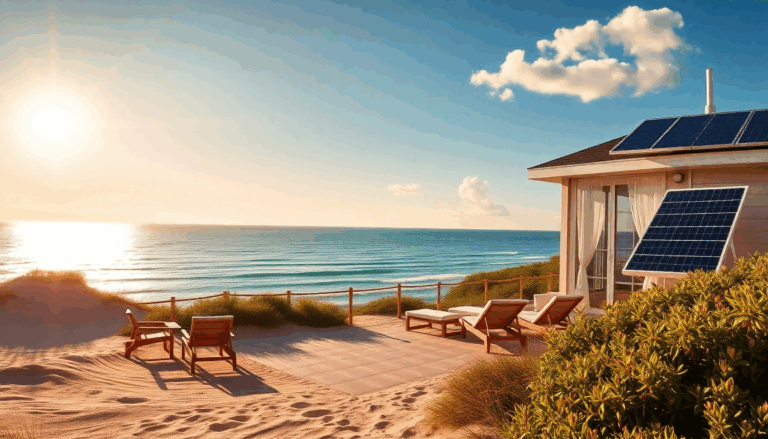Owning a second home by the seaside is a dream for many, but it can quickly turn into a financial burden if energy costs spiral out of control. Who wouldn’t want to bask in the sun without constantly stressing over utility bills? Navigating the complexities of energy tariffs for second homes
can be tricky, especially since they differ significantly from those of primary residences. Understanding these differences is crucial; after all, no one wants to find themselves facing exorbitant bills just because they haven’t done their homework.
Understanding energy tariffs for second homes
Let’s start with a hard truth: energy bills for second homes often run higher than those for primary residences, even if the consumption levels are
similar. Why? Well, the fixed costs associated with being a non-resident in a property are typically elevated. It’s akin to ordering a latte at an upscale café only to discover it comes with a hefty markup—without even a complimentary cookie! Recent tariff reforms have aimed to level the playing field, yet fixed charges still tend to hit non-residents harder. So, it’s essential to be proactive about your energy choices.
Gas tariffs: a silver lining
When it comes to gas, the scenario is a touch more favorable. The price differences between primary and secondary homes aren’t substantial, and the final rate largely hinges on actual usage. However, if your seaside retreat is only frequented a few months a year, opting for a plan with lower fixed charges is critical. Otherwise, you might find yourself paying for months of unoccupied usage—think of it as a gym membership you never actually use (we’ve all been there, right?).
Practical tips for reducing energy consumption
Aside from selecting the best tariffs, numerous practical measures can help you cut down on energy use and optimize costs. For instance, investing in energy-efficient appliances is always a smart move. I remember when I swapped out my old fridge—it not only kept my food fresher but also trimmed down my energy bill significantly! And let’s not forget the importance of unplugging devices when they’re not in use. Those standby modes? They’re sneaky energy thieves!
Investing in a programmable thermostat
Another effective strategy is to install a programmable thermostat. This nifty device allows you to adjust your home’s temperature based on your actual needs, preventing unnecessary heating or cooling of empty spaces. Honestly, who wouldn’t love returning to a cozy home after a long beach day, without breaking the bank on air conditioning? It’s about making your seaside paradise feel like a true haven—without the hefty price tag.
Finding the right tariff for your holiday home
When it comes to finding the perfect tariff for your second home, it’s vital to look for offers with low fixed costs and competitive rates for consumption. Many providers offer specialized solutions for non-residents, complete with favorable terms for those who only use their energy during specific seasons. For instance, some tariffs feature a very low monthly fixed rate, while others provide variable pricing based on actual use—ideal for those summer months when your holiday home is bustling with activity.
Bundling services for additional savings
Moreover, bundling your electricity and gas services can prove to be a winning strategy. Many suppliers offer discounts for managing both utilities through them, allowing you to save on what might seem like trivial details. And don’t forget to compare available tariffs and keep an eye on seasonal promotions—you might stumble upon deals that let you avoid overpaying for a property you only use occasionally. As the saying goes, “A penny saved is a penny earned!”

